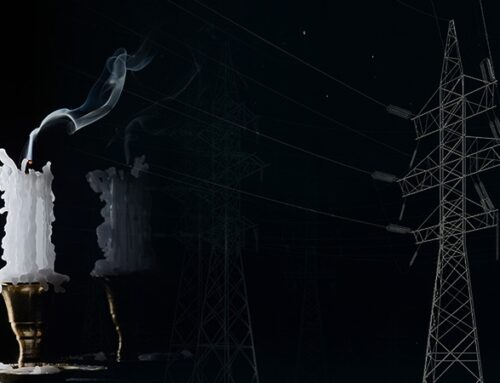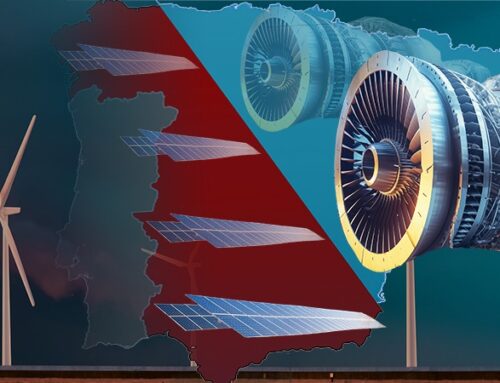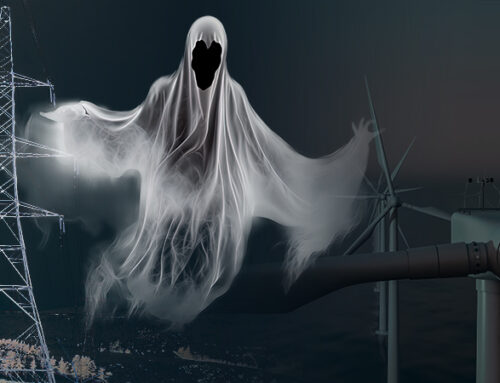This morning, National Grid has announced the acquisition of Western Power Distribution (“WPD”), the largest of Britain’s distribution network operators (“DNOs”), in a move that signals a transformation for the company and for the GB electricity system more broadly. At the same time, National Grid is selling its US-based subsidiary, Narragansett Electric Company and has announced plans to divest its stake in National Grid Gas, the owner of Britain’s gas transmission system. These moves re-position National Grid as an electricity pure-play, owning both transmission and distribution assets.
“The acquisition of WPD is a one-off opportunity to acquire a significant scale position in UK electricity distribution. WPD has a high quality, fast growing asset base and an excellent track record of customer satisfaction, operational performance and financial returns,”
– John Pettigrew, CEO, National Grid
The acquisition of WPD is expected to be completed within the next four months.
Commentary: full separation of NG ESO now more likely
The National Grid press release says the transaction is conditional upon regulatory approvals although competition approval is not required. This makes sense – the issues are not competition related per se – the networks are all individual monopolies – but around how the combination of the transmission system with the largest lower voltage network will impact the functioning of the electricity market.
I would expect this move to strengthen calls for National Grid’s arm’s length system operation subsidiary, NG ESO, to be fully spun off into a separate legal entity with separate ownership. If owning and operating the transmission system creates conflicts of interest, adding in the country’s largest DNO can only increase the risk of conflicts.
 It will be interesting to see how the relationship between the transmission system and the WPD DNO evolves. Over the past few years, the DNO landscape has changed significantly, with more generation assets being connected to the lower voltage networks. This has presented challenges to National Grid, both in terms of how to size the transmission system, and how to operate it, when it has limited visibility over distribution-connected generation.
It will be interesting to see how the relationship between the transmission system and the WPD DNO evolves. Over the past few years, the DNO landscape has changed significantly, with more generation assets being connected to the lower voltage networks. This has presented challenges to National Grid, both in terms of how to size the transmission system, and how to operate it, when it has limited visibility over distribution-connected generation.
This second challenge now sits within NG ESO and will not be directly operationally affected by this acquisition, but it will be interesting to see to what extent National Grid begins to integrate its development of the high voltage network with the WPD assets. While National Grid’s transmission business no longer operates the high voltage network, this move puts it back into network operation at the distribution level.
Although there are 14 DNOs in Britain (divided into six groups), they are not all the same. WPD and UK Power Networks are the two largest (in terms of population coverage) and also have the most sophisticated businesses, with significant moves into the development of local flexibility markets. Consolidation between the DNOs doesn’t necessarily make sense, but consolidation with the transmission system makes increasing sense when the activities of the networks begin to overlap.
An argument could be made for bringing the operation of all the low voltage networks under the NG ESO umbrella so there is a single system operator for the entirety of the electricity system, and similarly bringing the build-out and development of the networks under a single umbrella.
This proposed transaction presents an opportunity for the Government to consider whether a new approach to electricity networks is warranted, and to what extent it should act to encourage this, but it seems inevitable that NG ESO will have to be fully separated from National Grid. The question is what should happen about the increasingly sophisticated operation of low voltage networks.






Leave A Comment